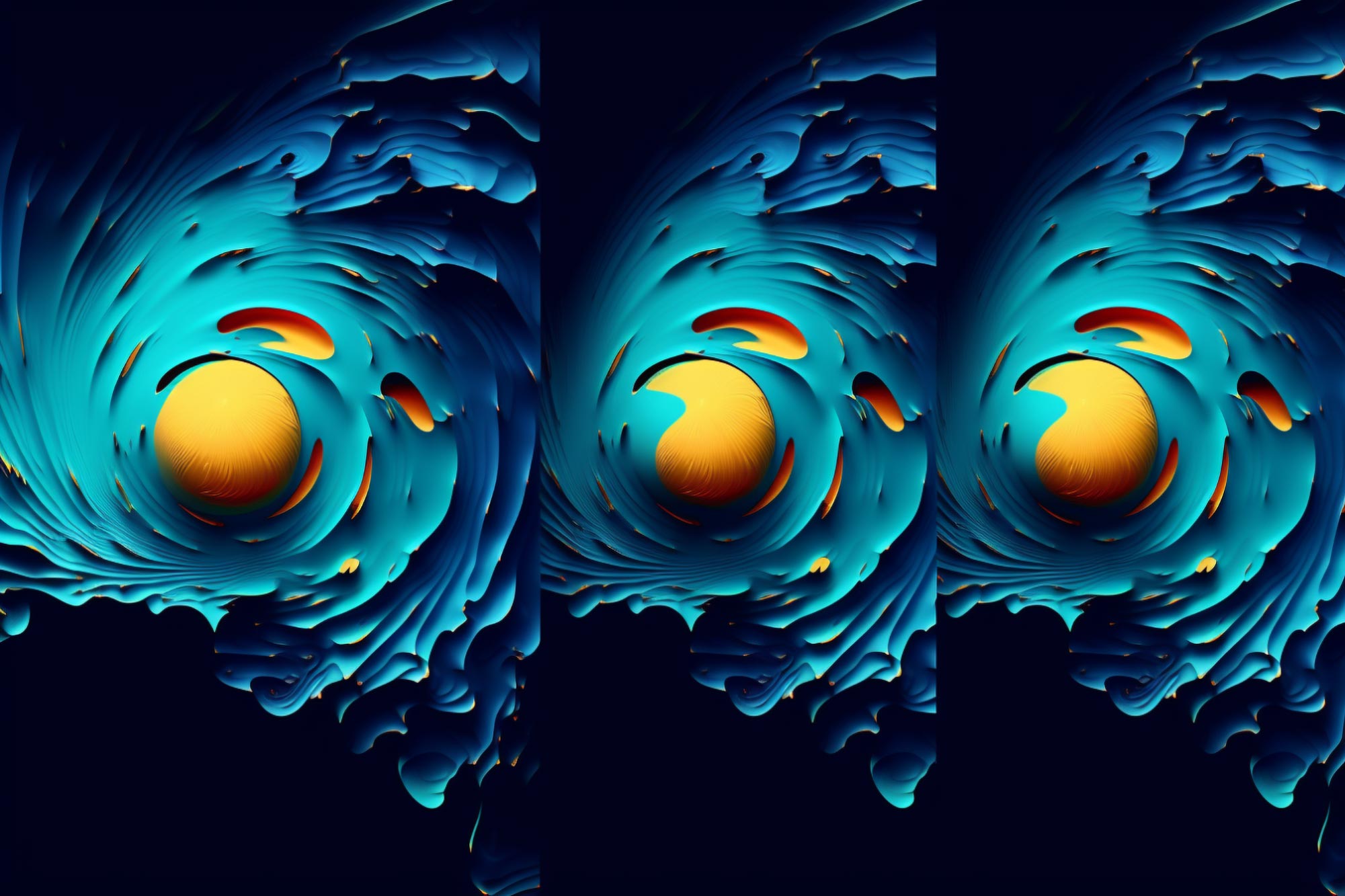Los investigadores han descubierto que la nave espacial Juno de la NASA se encuentra con frecuencia con enormes ondas de vórtice, o inestabilidades de Kelvin-Helmholtz, en el límite entre el viento solar y la magnetosfera de Júpiter. Estas ondas son un mecanismo importante para transferir energía y masa del viento solar, el flujo de partículas cargadas del sol, hacia los espacios planetarios.
Las ondas producidas por la inestabilidad de Kelvin-Helmholtz transportan energía en el sistema solar.
Un equipo dirigido por el Southwest Research Institute (SwRI) y la Universidad de Texas en San Antonio (UTSA) descubrió que la nave espacial Juno de la NASA que orbita alrededor de Júpiter frecuentemente encuentra ondas de vórtice gigantes en el límite entre el viento solar y[{» attribute=»»>Jupiter’s magnetosphere. The waves are an important process for transferring energy and mass from the solar wind, a stream of charged particles emitted by the Sun, to planetary space environments.
These phenomena occur when a large difference in velocity forms across the boundary between two regions in space, noted Jake Montgomery, a doctoral student in the joint space physics program between UTSA and SwRI. This can create a swirling wave, or vortex, at the interface that separates a planet’s magnetic field and the solar wind, known as the magnetopause. These Kelvin-Helmholtz waves are not visible to the naked eye but can be detected through instrument observations of plasma and magnetic fields in space. Plasma — a fundamental state of matter made up of charged particles, ions, and electrons — is ubiquitous across the universe.

An SwRI-led team identified intermittent evidence of Kelvin-Helmholtz instabilities, giant swirling waves, at the boundary between Jupiter’s magnetosphere and the solar wind that fills interplanetary space, modeled here by University Corporation for Atmospheric Research scientists in a 2017 GRL paper. Credit: UCAR/Zhang, et.al.
“Kelvin-Helmholtz instabilities are a fundamental physical process that occurs when solar and stellar winds interact with planetary magnetic fields across our solar system and throughout the universe,” Montgomery said. “Juno observed these waves during many of its orbits, providing conclusive evidence that Kelvin-Helmholtz instabilities play an active role in the interaction between the solar wind and Jupiter.”
Montgomery is the lead author of a study published on July 14 in the journal Geophysical Research Letters that uses data from multiple Juno instruments, including its magnetometer and the SwRI-built Jovian Auroral Distributions Experiment (JADE).
“Juno’s extensive time near Jupiter’s magnetopause has enabled detailed observations of phenomena such as Kelvin-Helmholtz instabilities in this region,” said Dr. Robert Ebert, a staff scientist at SwRI who also serves as an adjoint professor at UTSA. “This solar wind interaction is important as it can transport plasma and energy across the magnetopause, into Jupiter’s magnetosphere, driving activity within that system.”
Published in the journal Geophysical Research Letters, the paper is titled “Investigating the Occurrence of Kelvin-Helmholtz Instabilities at Jupiter’s Dawn Magnetopause.”
Reference: “Investigating the Occurrence of Kelvin-Helmholtz Instabilities at Jupiter’s Dawn Magnetopause” by J. Montgomery, R. W. Ebert, F. Allegrini, F. Bagenal, S. J. Bolton, G. A. DiBraccio, S. A. Fuselier, R. J. Wilson and Adam Masters, 14 July 2023, Geophysical Research Letters.
DOI: 10.1029/2023GL102921

«Propenso a ataques de apatía. Explorador de aspirantes. Analista ávido. Fanático de Internet. Comunicador»







More Stories
Se ha encontrado evidencia del Planeta 9 en cuerpos helados que pasan cerca de Neptuno
La investigación sobre hidruros supera los límites de la superconductividad práctica y accesible
Yokogawa está ayudando a revolucionar la ciencia de los lípidos unicelulares